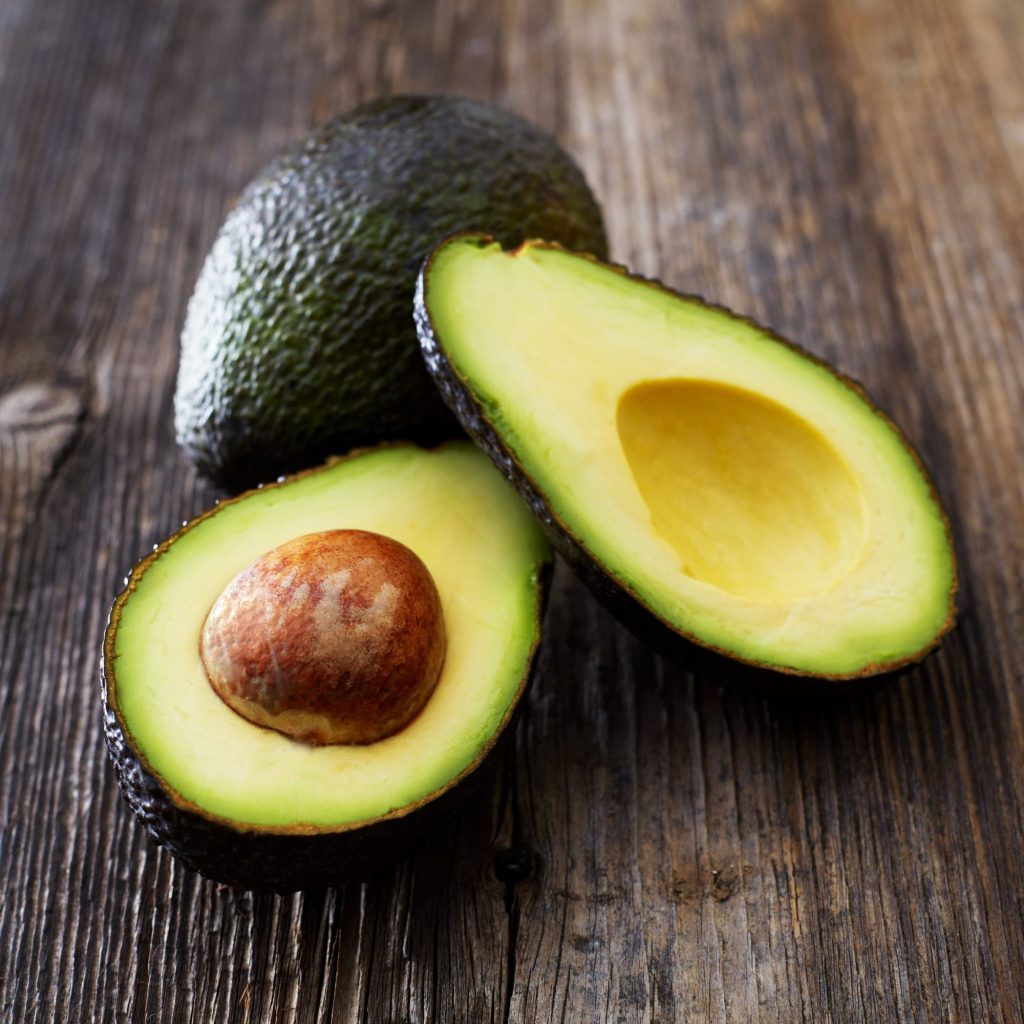If you want to get quality sleep, keep your bones strong, and feel happier, then you better be sure you’re getting enough magnesium in your diet.
Among its many benefits, magnesium can help quiet the nervous system and regulate production of the hormone melatonin – two factors that help support good sleep. But even though Americans are notoriously sleep-deprived, and magnesium can naturally improve a person’s odds of catching more Z’s, it’s estimated that 75 percent of women consume less than the Recommended Daily Allowance (RDA). For those ages 19 to 30, the goal is 310 milligrams of magnesium per day.
If you too aren’t getting your daily dose of magnesium, don’t sweat it. With a little effort, you can easily consume enough magnesium to hit that target number, and in turn, reap all of the benefits the mineral has to offer. Read on to find 12 foods that pack a nutritional punch and are delicious, too!
Getty / Westend61
Salmon
Salmon is rich in heart-healthy omega-3s, and it’s an excellent source of protein, but this dish also comes with a small boost of magnesium. When picking your salmon, go for the safest and highest quality options. Look for the Best Aquaculture Practices (BAP) certified seal, and choose sustainably raised salmon that’s low in mercury, like farm-raised salmon from Chile.
Getty / Jack Andersen
Orange Juice
Guzzling your morning glass of OJ will give you 27 milligrams of magnesium, along with a healthy dose of vitamin C and folate. Plus, 100 percent orange juice contains no added sugars!
Getty / Michelle Arnold / EyeEm
Pumpkin Seeds
One ounce of pumpkin seeds delivers 74 milligrams of magnesium, making them a perfect bedtime snack to help you get some restful sleep.
Getty / Creativ Studio Heinemann
Lentils
One cup of lentils contains a whopping 72 milligrams of magnesium. Toss them in your soups, salads, and even smoothies for a healthy dish that will help meet your daily needs.
Getty / Wanwisa Hernandez / EyeEm
Spinach
Take a cue from Popeye and load up on some spinach. One cup of the green goodness delivers more than 150 milligrams of magnesium, and spinach is just as tasty in pasta and smoothies as it is in a salad.
Getty / Karen Kaspar / EyeEm
Dark Chocolate
When you’re craving chocolate, it may be your body’s way of telling you that you need magnesium. Because one ounce of dark chocolate boasts 65 milligrams of the mineral, enjoying a piece during your period may help prevent mood swings, while satisfying your sweet tooth.
Getty / Jack Andersen
Milk
You may be making a point to drink a glass of milk for the bone-health benefits, but it isn’t just the calcium in milk that helps keep your bones strong. Milk is also a natural source of magnesium, a mineral that plays an important role in reducing the risk of developing osteoporosis.
Getty / Olga Peshkova
Potatoes
When you’re enjoying baked potato wedges, you’re also giving yourself a healthy dose of magnesium. Just make sure to cook and eat your potatoes with the skin on, because that’s where you’ll get the most nutrition.
Getty / Westend61
Avocado
This beloved addition to toast, salads, and more is one of the only fruits that contains magnesium. A half an avocado contains 22 milligrams of the nutrient.
Getty / Michelle Arnold / EyeEm
Buckwheat
Buckwheat is one of the best sources of magnesium, and it’s also loaded with antioxidants, fiber, and protein. Otherwise known as kasha, buckwheat is a staple in many European countries because of its versatility and cost-effectiveness. Try using it as a base for a bowl, eating it as a crunchy snack, or mixing it with fried onions and bow-tie noodles.
Pexels / Karolina Grabowska
Peanuts
Just one ounce of peanuts packs 48 milligrams of magnesium, and they’re a simple way to help get your daily dose on the go. Pair a handful of peanuts with a piece of fruit for a satisfying and nutrient-rich snack!

